Click & Mortar: Daylab Studio Ushers in the Future of Retail Design
Are brick-and-mortar stores doomed to fail in the age of e-commerce? It can certainly seem that way given the meteoric rise of online shopping’s popularity over the last decade, and especially since 67 percent of millennials now prefer it to visiting physical stores. But a lot of people still favor the more hands-on experience of shopping in person, even if the selection is much more limited. In order to better accommodate this demographic, a Chinese company called Heyshop has come up with a novel way to bring the two modes of commerce together in one space — and it might just disrupt retail design as we know it.
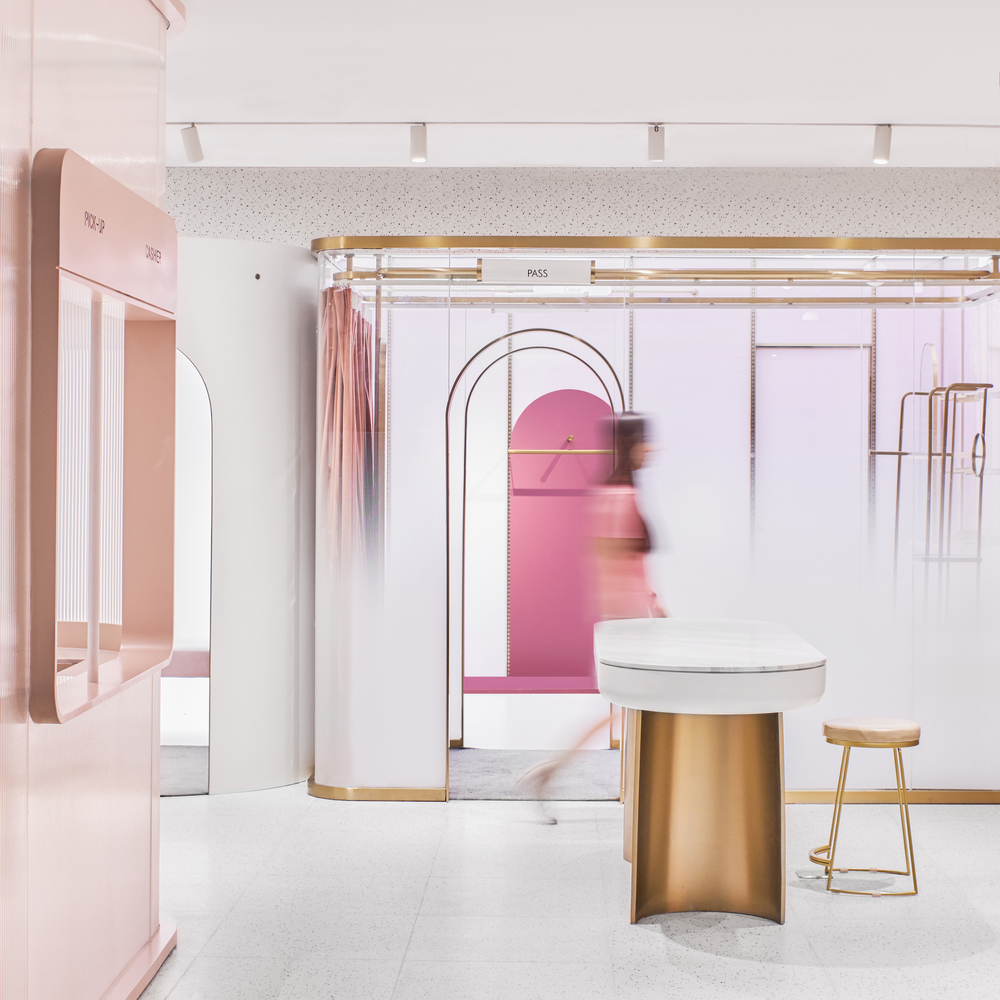
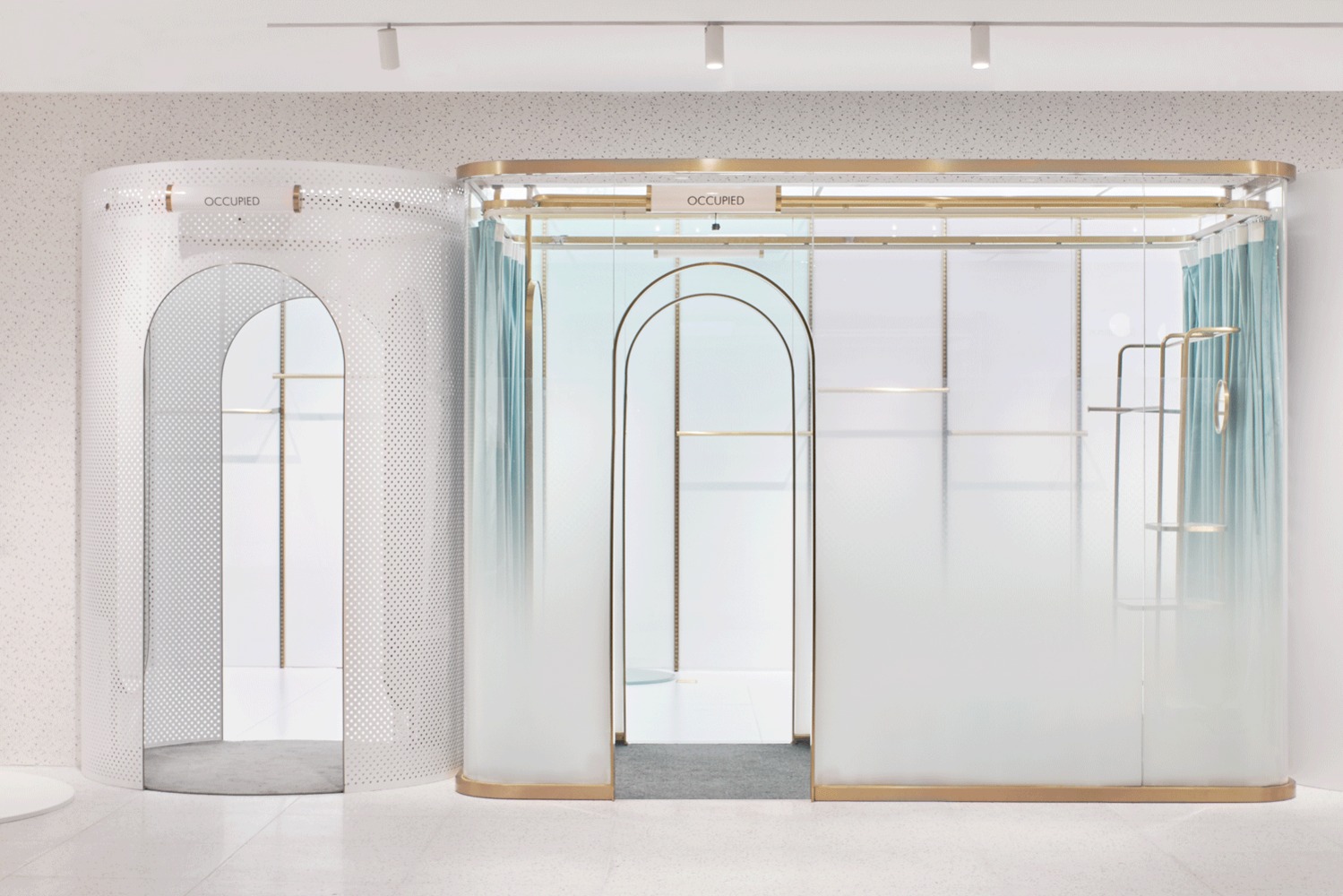

Crucially, Heyshop identified one of the biggest draws of offline shopping to be socializing with friends. Its interiors provide plenty of space for groups of friends to try things on, show them off to each other, and hang out. The seven fitting rooms are oriented around the center of the space, with retail displays on either side of them. While most stores refresh inventory every once in a while but maintain fairly consistent offerings, Heyshop changes it up so often, it’s like going to a different shop every time.
“Unlike traditional retail, flexibility is the most crucial feature in Heyshop,” explain the folks over at Daylab Studio. “The products displayed are not coming from different brands only. They are also coming from different categories. Based on the big data analysis, no product could guarantee itself be kept in the store all the time. Not only the brands, [but even] the category could be replaced in a different season. Today, Heyshop may sell cosmetics, while tomorrow, it may sell 3C products. Hence, it is the mission for this new type of OMO [online meets offline] retail to continuously change the display type and recommend new products to the public.”
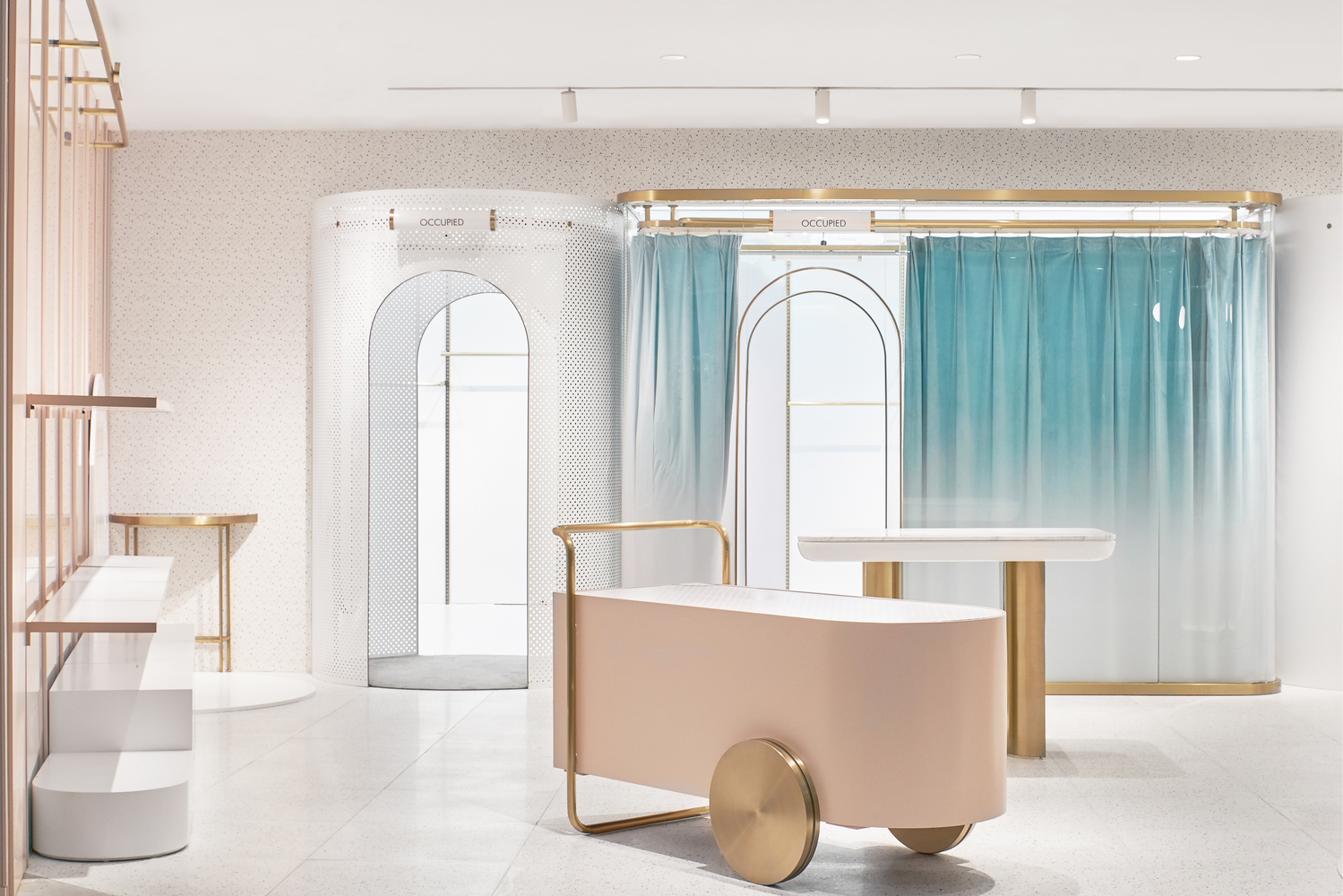
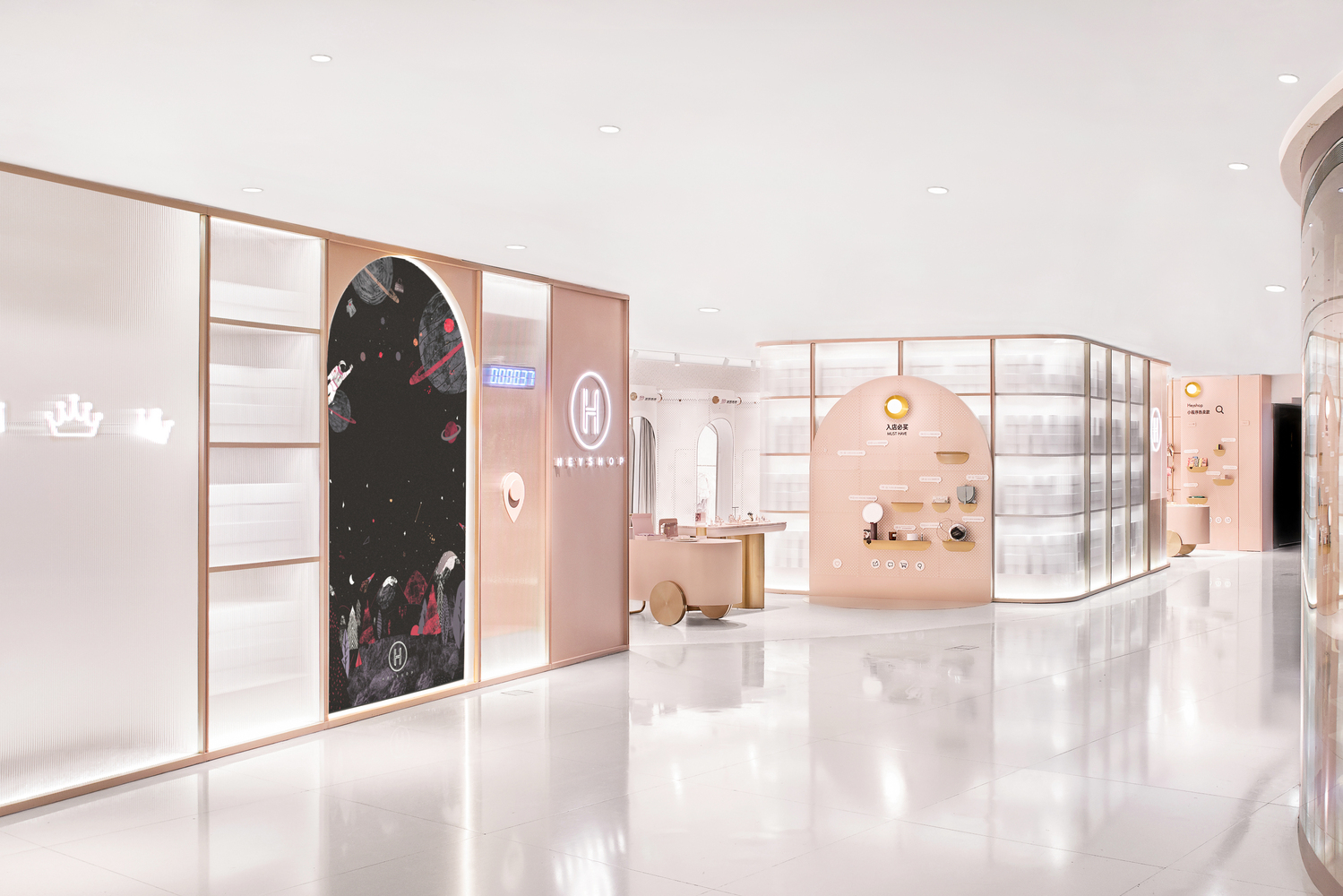
“Moreover, in order to emphasize the concept of OMO, the online shopping elements were extracted and placed in the physical store, reminding and encouraging the customers to make online orders [while they are] offline shopping. That makes the online merger with offline a closed loop.”
The point, Daylab explains, isn’t to sell as much merchandise as possible, hoping each customer will load up with items and then be on their way. It’s to anticipate exactly what consumers are going to be looking for next, allow them to try it on in person, and then make it easy to purchase, whether they do it in-store or online a few days later. This allows the store to keep a lot less merchandise in stock, placing more emphasis on the shopping process and taking it off fulfillment.

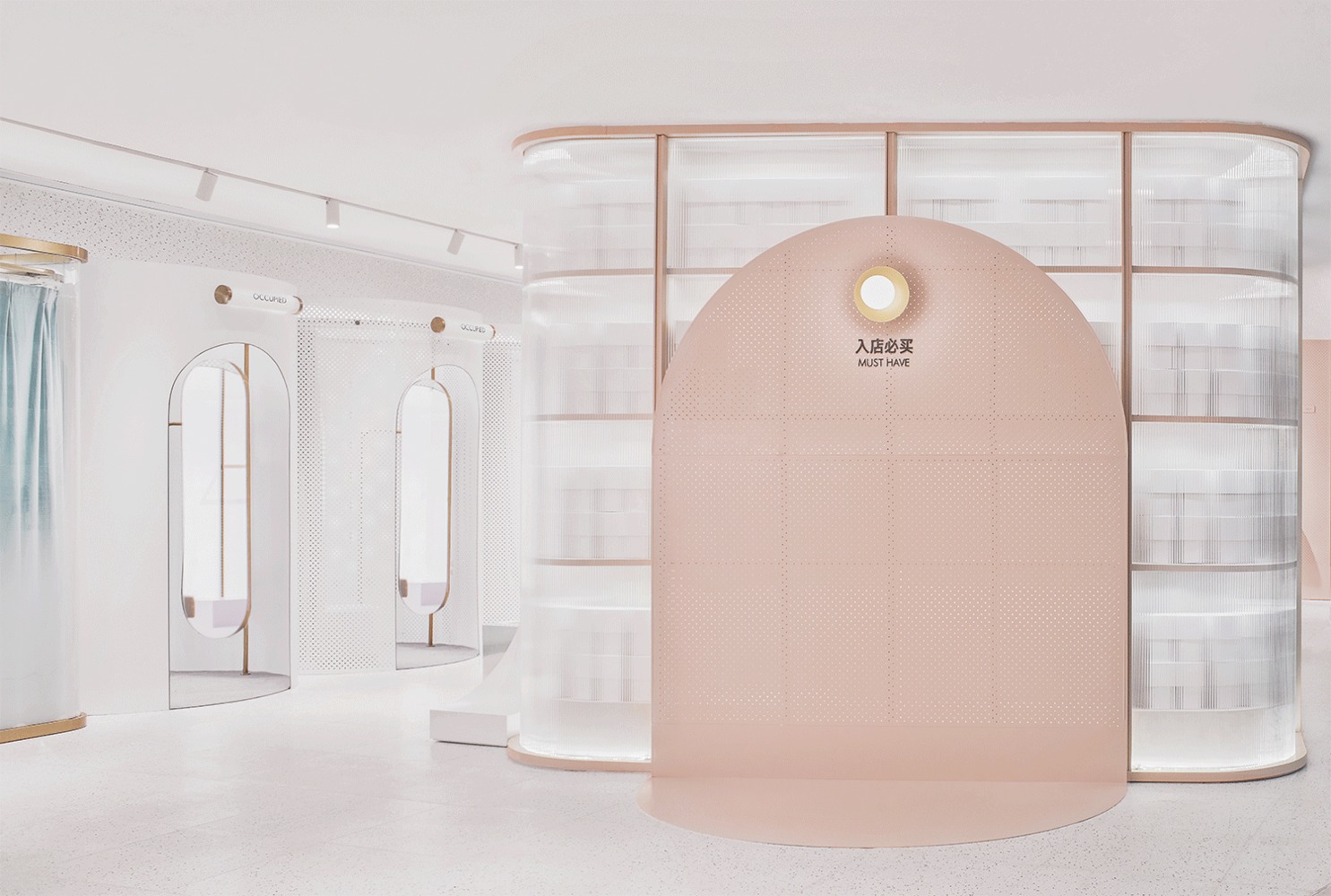
As more retailers start to experiment with digitally augmenting the physical shopping experience, it’ll be interesting to see where the next steps take us. Before long, we might be getting full-body scans, trying on garments with virtual reality headsets, ordering what we like directly in the fitting rooms, and checking out with a single tap on our smartphone screens — but it’s nice to know that good old-fashioned retail design isn’t necessarily going anywhere any time soon.




